Test: Three-phase Induction Motor Equivalent Circuit - Electrical Engineering (EE) MCQ
10 Questions MCQ Test - Test: Three-phase Induction Motor Equivalent Circuit
3-ϕ,50 Hz,4 pole IM per phase diagram shown below with the current source as input. Which of the following is/are true?
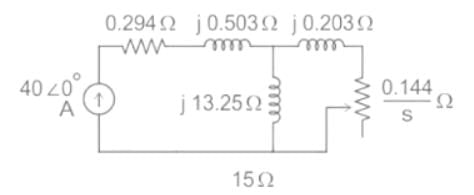

The current source of 30 A/ph is applied to a 3-phase induction motor, per phase parameters of the machines is given as
r1 = 4Ω , x1 = x2 = j1Ω, r2 = 0.4Ω, Xm = j50Ω
then find at what slip maximum torque is achieved?
| 1 Crore+ students have signed up on EduRev. Have you? Download the App |
In induction motor, the air gap power is algebraic sum of:
A three phase Induction motor always
Full load current of an Induction motor is 20 Ampere. The no-load current may be expected to be
The parameter of an equivalent circuit of a three-phase induction motor affected by reducing the rms value of the supply voltage at the rated frequency is
A delta-connected, 3.7 kW, 400 V(line), three-phase, 4-pole, 50-Hz squirrel-cage induction motor has the following equivalent circuit parameters per phase referred to the stator:
R1 = 5.39 Ω, R2 = 5.72 Ω, X1 = X2 = 8.22 Ω. Neglect shunt branch in the equivalent circuit. The starting line current in amperes (round off to two decimal places) when it is connected to a 100 V (line), 10 Hz, three-phase AC source is _______ .
A star-connected, 12.5 kW, 208 V (line), 3-phase, 60 Hz squirrel cage induction motor has following equivalent circuit parameters per phase referred to the stator: R1 = 0.3 Ω, R2 = 0.3 Ω, X1 = 0.41 Ω, X2 = 0.41 Ω. Neglect shunt branch in the equivalent circuit. The starting current (in Ampere) for this motor when connected to an 80 V (line), 20 Hz, 3-phase AC source is ________.
In an induction motor  is the rotor resistance. What is the resistance representing mechanical output in the equivalent circuit of an induction motor as referred to stator side?
is the rotor resistance. What is the resistance representing mechanical output in the equivalent circuit of an induction motor as referred to stator side?
In the equivalent circuit of a three-phase induction motor, which element represents the core losses and magnetizing current?




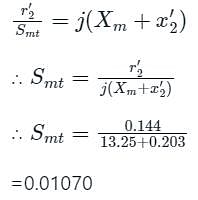
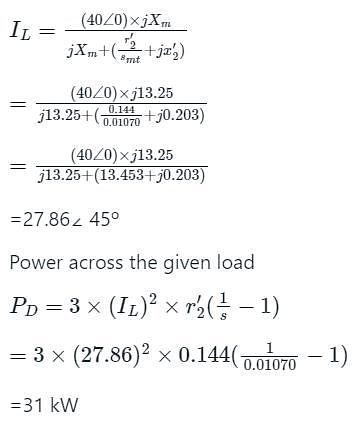

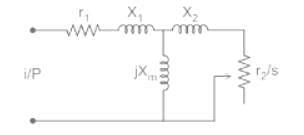
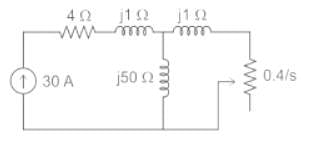
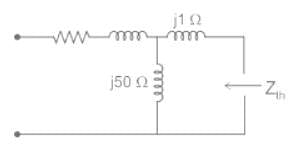
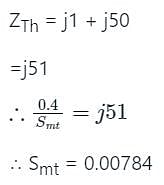
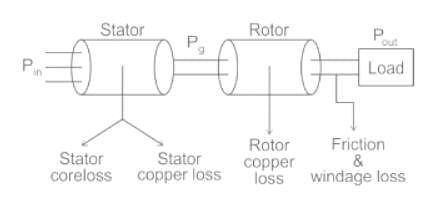


 hence inductance increased with an increase in the value of flux.
hence inductance increased with an increase in the value of flux.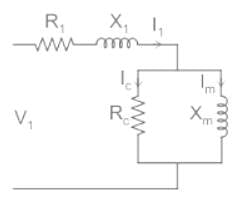
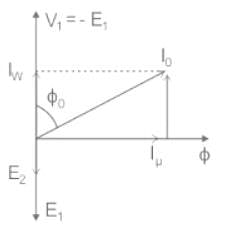
 where s is slip. Now, if we create an equivalent transformer circuit for induction motor, the secondary resistance will be r2. Thus the load resistance will be
where s is slip. Now, if we create an equivalent transformer circuit for induction motor, the secondary resistance will be r2. Thus the load resistance will be  .
.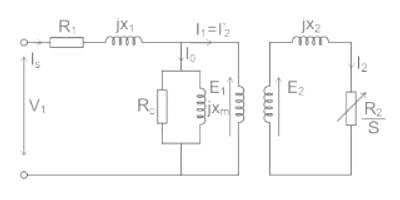
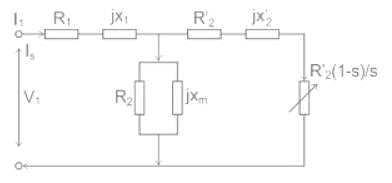
 is the resistance which shows the power which is converted to mechanical power output or useful power.
is the resistance which shows the power which is converted to mechanical power output or useful power.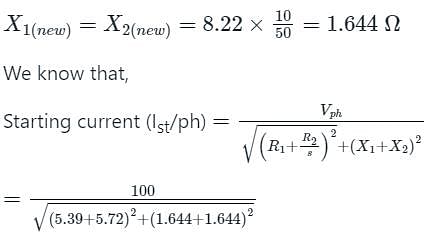

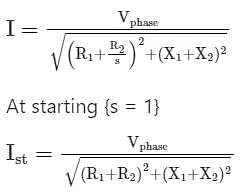
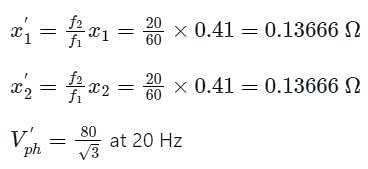
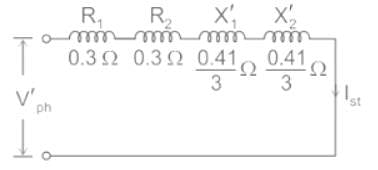

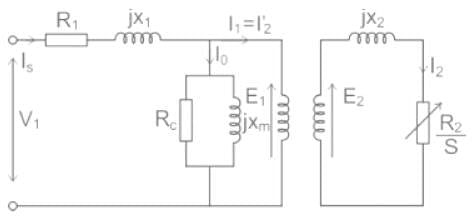
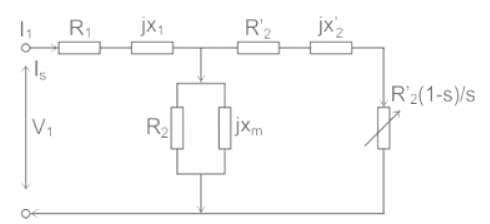
 is the resistance which shows the power which is converted to mechanical power output or useful power.
is the resistance which shows the power which is converted to mechanical power output or useful power.














